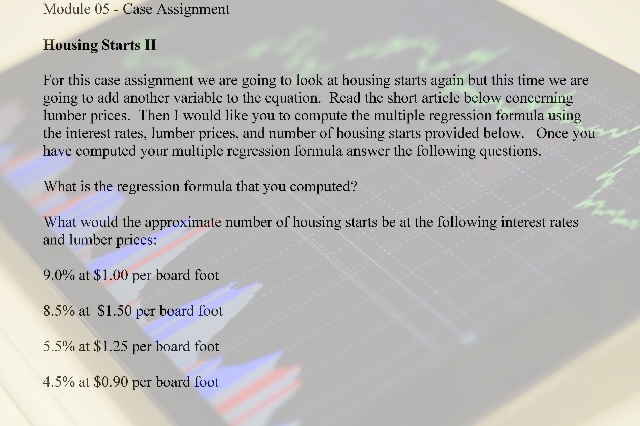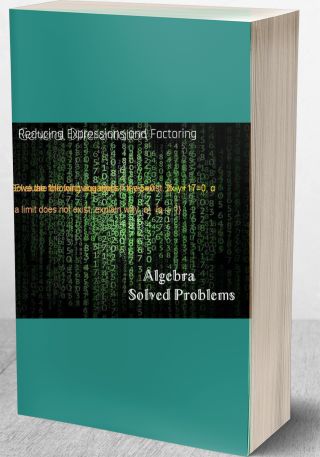See Solution: 1) When using the quadratic formula to solve a quadratic - #80184
1) When using the quadratic formula to solve a quadratic equation (ax2 + bx + c = 0), the discriminant is b2 - 4ac. This discriminant can be positive, zero, or negative. Create three unique equations where the discriminant is positive, zero, or negative. For each case, explain what this value means to the graph of y = ax2 + bx + c.
2) While the radical symbol is widely used, converting to rational exponents has advantages. Explain an advantage of rational exponents over the radical sign. Include in an example of an equation easier to solve as a rational exponent rather then a radical sign.
3) Using the index of a sequence as the domain and the value of the sequence as the range, is a sequence a function?
4) Which one of the basic functions (linear, quadratic, rational, or exponential) is related to the arithmetic sequence?
5) Which one of the basic functions (linear, quadratic, rational, or exponential) is related to the geometric sequence?
6) Give at least two real-life examples of a sequences or series. One example should be arithmetic, and the second should be geometric. Explain how these examples would affect you personally.
Solution:

Deliverable: Word Document
 and pdf
and pdf


![[Answer] Consider a test of the H0: T = B vs. HA: T B. Use - #80216 Statistics](/images/projects/project-80216/statistics-1.jpg)
![[Solution] Using our data set from Unit 1, compose an email to - #80150 Statistics](/images/projects/project-80150/statistics-1.jpg)

